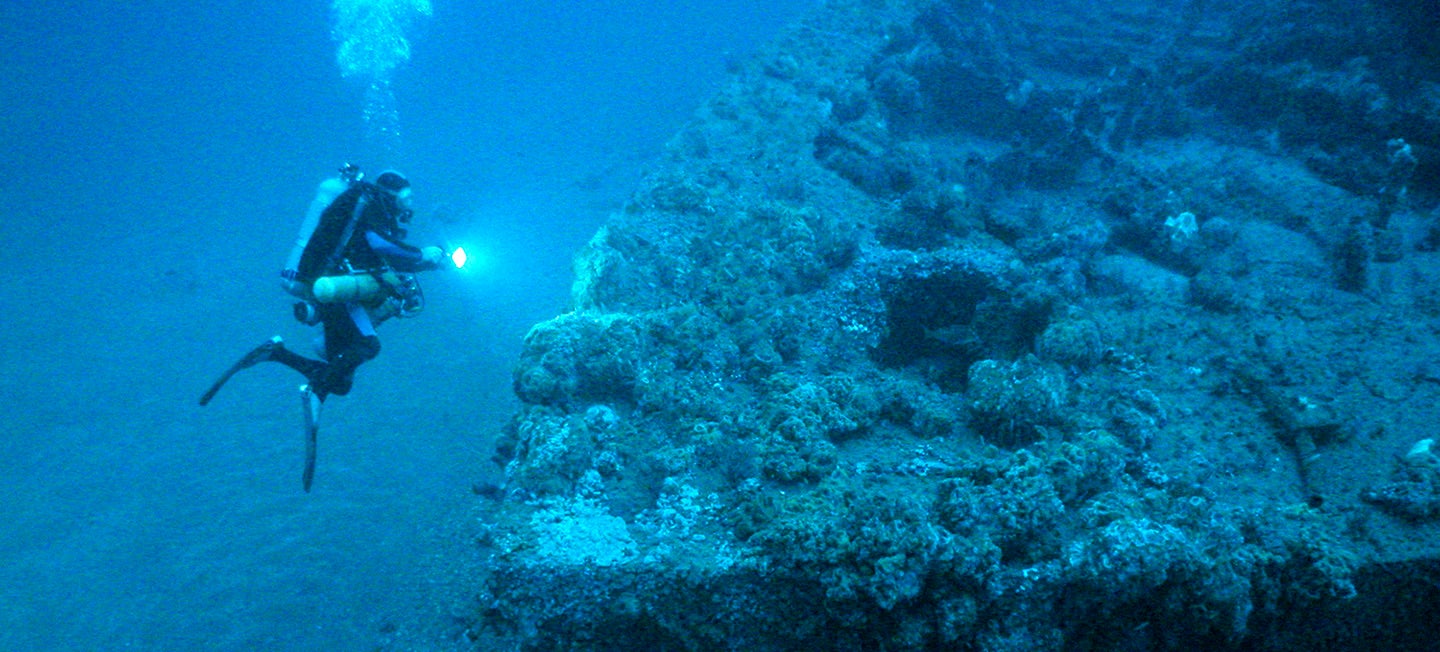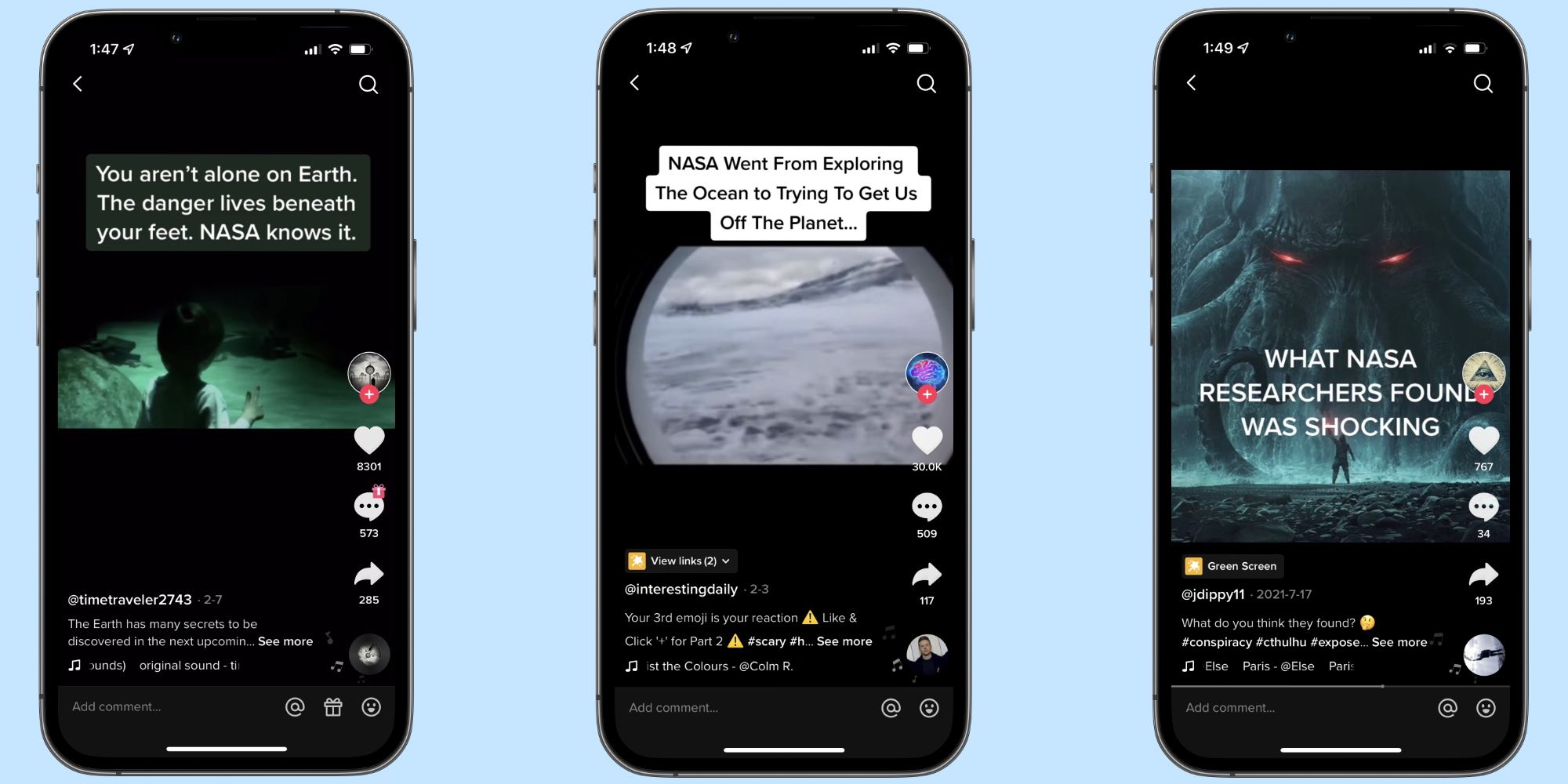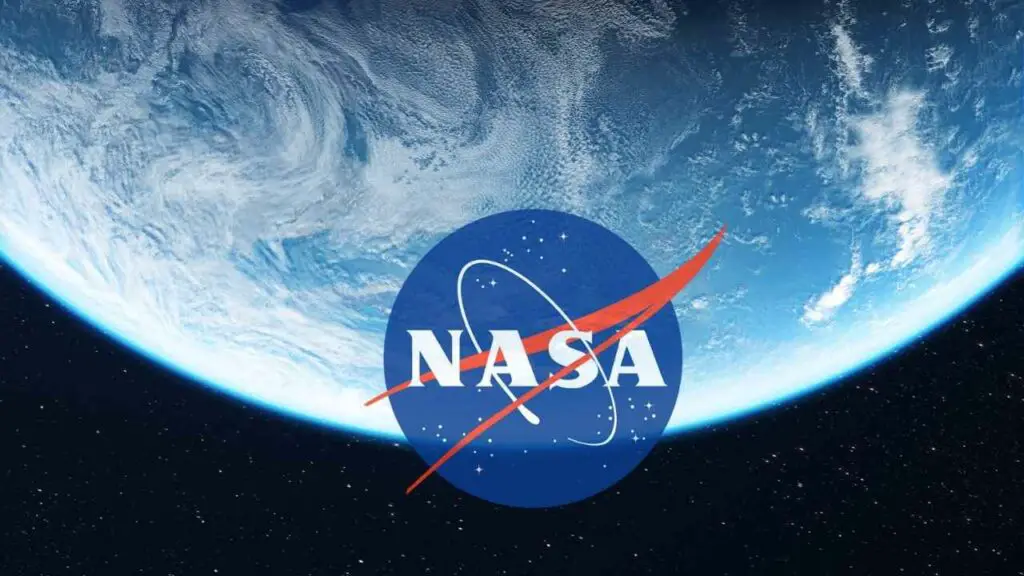The question "why did NASA stop exploring the ocean" has intrigued many minds for years. NASA, the world's leading space exploration agency, is often associated with its groundbreaking missions to space. However, its early involvement in ocean exploration remains a fascinating chapter in its history. Understanding the reasons behind this shift can provide valuable insights into NASA's priorities and mission objectives.
Ocean exploration holds immense potential for scientific discovery and technological advancement. Yet, NASA's decision to pivot its focus towards space exploration raises questions about resource allocation, scientific priorities, and the agency's long-term goals. This article aims to shed light on the reasons behind this transition while highlighting the importance of both ocean and space exploration.
By examining historical data, expert opinions, and current trends, we will explore the factors that influenced NASA's decision-making process. Furthermore, we will discuss the ongoing efforts to bridge the gap between ocean and space research, emphasizing the interconnectedness of these two domains. Let us delve deeper into this topic and uncover the truth behind NASA's shift in focus.
Read also:Satanic Super Bowl The Truth Behind The Controversy And Urban Legends
Table of Contents
- Introduction
- NASA's Ocean Exploration History
- Reasons for the Shift
- Technological Challenges in Ocean Exploration
- Budget Constraints and Resource Allocation
- Scientific Priorities and Mission Objectives
- Current Efforts in Ocean Exploration
- The Connection Between Space and Ocean Exploration
- Future Potential for Ocean Exploration
- Conclusion
NASA's Ocean Exploration History
NASA's involvement in ocean exploration dates back to its early years. During the 1960s and 1970s, the agency conducted several projects aimed at understanding Earth's oceans and their role in the global ecosystem. These initiatives included satellite observations, underwater research, and the development of advanced technologies for deep-sea exploration.
Key Projects in Ocean Exploration
- SeaSat: Launched in 1978, SeaSat was NASA's first satellite dedicated to oceanographic research. It provided valuable data on ocean surface winds, sea surface height, and wave height.
- TOPEX/Poseidon: A joint mission with France, TOPEX/Poseidon revolutionized the study of ocean circulation and sea level changes.
- Jason Series: Building on the success of TOPEX/Poseidon, the Jason series of satellites continued to monitor ocean surface topography.
These projects laid the foundation for modern oceanography and demonstrated the potential of space-based technologies in studying Earth's oceans.
Reasons for the Shift
The decision to shift focus from ocean exploration to space exploration was influenced by several factors. Understanding these reasons provides valuable context for evaluating NASA's priorities and mission objectives.
Strategic Priorities
NASA's primary mission has always been space exploration. The agency's charter emphasizes the importance of advancing human knowledge of the universe, exploring the solar system, and conducting scientific research in space. While ocean exploration aligns with these goals, it was not considered a core mission objective.
Additionally, the Cold War era created a strong emphasis on space exploration as a means of demonstrating technological superiority. This geopolitical context further solidified NASA's focus on space missions.
Technological Challenges in Ocean Exploration
Exploring the ocean presents unique technological challenges that differ significantly from space exploration. The extreme pressures, temperatures, and environmental conditions of the deep sea require specialized equipment and techniques. While NASA has contributed significantly to the development of ocean exploration technologies, these challenges remain a barrier to large-scale efforts.
Read also:Chief Boden The Iconic Fire Chief Who Shaped Modern Firefighting
Innovations in Ocean Exploration
- Autonomous Underwater Vehicles (AUVs): These robots are designed to operate independently and collect data in harsh environments.
- Remote Sensing Technologies: Satellites and drones provide valuable data on ocean surface conditions and dynamics.
- Deep-Sea Submersibles: Manned and unmanned submersibles enable direct exploration of the ocean floor.
Despite these advancements, the cost and complexity of ocean exploration continue to pose challenges for researchers and organizations.
Budget Constraints and Resource Allocation
Budget constraints have played a significant role in shaping NASA's priorities. The agency's annual budget is allocated across various programs, including space exploration, Earth science, and technology development. While ocean exploration is an important area of study, it competes with other high-priority initiatives for funding.
According to a report by the National Academies of Sciences, Engineering, and Medicine, NASA's Earth science budget has faced cuts in recent years, affecting its ability to support ocean-related research. This financial reality has forced the agency to prioritize missions with the greatest potential for scientific impact and public engagement.
Scientific Priorities and Mission Objectives
NASA's mission objectives are driven by scientific priorities and the potential for groundbreaking discoveries. Space exploration offers opportunities to study the origins of the universe, search for extraterrestrial life, and develop technologies that benefit humanity. These objectives align closely with the agency's core mission and justify its focus on space missions.
Contributions to Ocean Science
Despite its shift in focus, NASA continues to contribute to ocean science through its Earth science programs. Satellites like the Jason series and the upcoming SWOT mission provide critical data on sea level rise, ocean currents, and climate change. These efforts demonstrate the agency's commitment to understanding Earth's oceans while prioritizing its primary mission objectives.
Current Efforts in Ocean Exploration
While NASA's direct involvement in ocean exploration has diminished, other organizations and agencies continue to advance this field. The National Oceanic and Atmospheric Administration (NOAA), for example, plays a leading role in studying Earth's oceans and addressing challenges such as climate change and marine biodiversity.
Collaborative Initiatives
- International Ocean Discovery Program (IODP): A global collaboration aimed at advancing scientific understanding of Earth's oceans.
- Deep Ocean Exploration Institute (DOEI): Focuses on developing technologies for deep-sea exploration and research.
- Marine Biodiversity Observation Network (MBON): Monitors marine ecosystems and provides data for conservation efforts.
These initiatives highlight the importance of interdisciplinary collaboration in advancing ocean science and addressing global challenges.
The Connection Between Space and Ocean Exploration
The fields of space and ocean exploration are more interconnected than one might think. Both domains require advanced technologies, scientific expertise, and international collaboration. Moreover, the study of extreme environments on Earth, such as the deep sea, provides valuable insights into the potential for life on other planets.
Lessons from Ocean Exploration
- Adaptation to Extreme Environments: Understanding how life thrives in harsh conditions on Earth informs the search for extraterrestrial life.
- Technological Synergies: Innovations in ocean exploration, such as autonomous vehicles and remote sensing, have applications in space missions.
- Interdisciplinary Research: Combining expertise from multiple fields enhances our understanding of both domains.
By recognizing the connections between space and ocean exploration, researchers can develop more effective strategies for advancing scientific knowledge and addressing global challenges.
Future Potential for Ocean Exploration
The future of ocean exploration holds immense potential for scientific discovery and technological advancement. Emerging technologies such as artificial intelligence, machine learning, and advanced robotics are transforming the way researchers study Earth's oceans. These innovations enable more efficient data collection, analysis, and interpretation, paving the way for groundbreaking discoveries.
Opportunities for Collaboration
As the importance of ocean science becomes increasingly recognized, opportunities for collaboration between space and ocean agencies are likely to grow. Joint missions, shared technologies, and interdisciplinary research initiatives can enhance our understanding of both domains while addressing global challenges such as climate change and resource sustainability.
Conclusion
Understanding why NASA stopped exploring the ocean requires examining the agency's priorities, mission objectives, and resource constraints. While the decision to shift focus to space exploration was influenced by a variety of factors, it does not diminish the importance of ocean science. In fact, the interconnectedness of space and ocean exploration highlights the need for continued collaboration and innovation in both fields.
We invite you to share your thoughts and insights in the comments section below. Additionally, explore our other articles to learn more about the fascinating world of science and exploration. Together, we can advance our understanding of Earth's oceans and the universe beyond.


